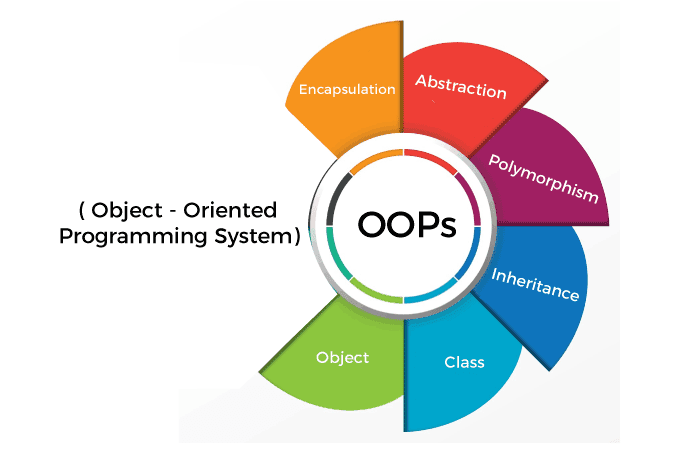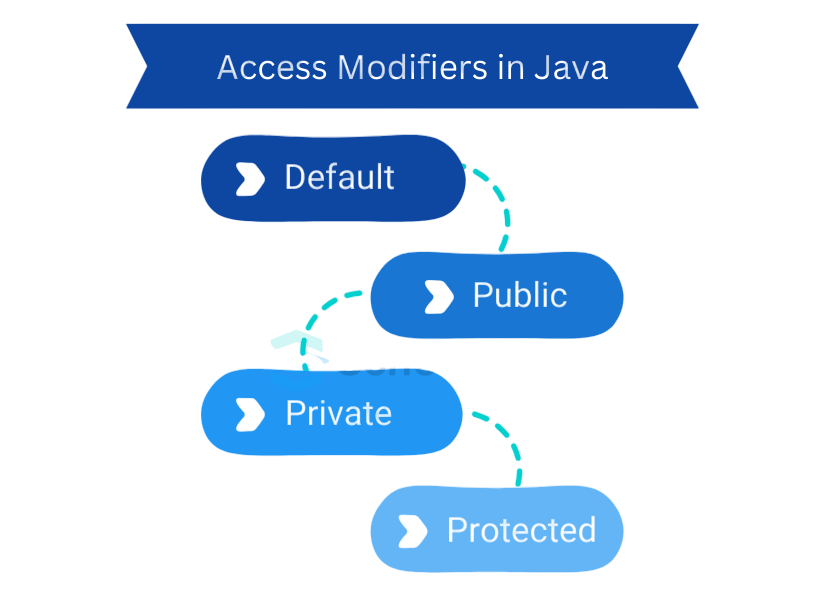
- Introduction to Object-Oriented Concepts
- Definition and Purpose of a Class
- How to Define a Class in Java
- Creating Objects from a Class
- Fields, Methods, and Constructors
- Access Modifiers for Fields and Methods
- Static vs Instance Members
- Conclusion
Introduction to Object-Oriented Concepts
Java is an object-oriented programming (OOP) language, meaning it models software around real-world entities and concepts. Instead of focusing only on functions and logic, Java organizes data and behavior into objects. This is a significant shift from procedural programming, as it allows for better modularity, maintainability, and scalability. The four key principles of OOP encapsulation, inheritance, polymorphism, and abstraction serve as the foundation for building robust applications. Among these, the most fundamental building blocks are classes and objects. A class is a blueprint, and an object is an instance of that blueprint. Without understanding these two concepts, mastering Java is impossible, as nearly every Java application depends Java Training on them. Object-Oriented Programming (OOP) is a programming paradigm centered around the concept of “objects” entities that combine data and behavior. Unlike procedural programming, which focuses on functions and sequential steps, OOP models real-world entities as objects that interact with one another, making code more intuitive and easier to manage. The core concepts of OOP include Encapsulation, Inheritance, Polymorphism, and Abstraction. Encapsulation hides an object’s internal state and exposes only necessary details, improving security and reducing complexity. Inheritance allows new classes to derive properties and methods from existing ones, promoting code reuse and logical hierarchy. Polymorphism enables objects to be treated as instances of their parent class, allowing the same interface to represent different underlying forms. Abstraction simplifies complex systems by modeling classes appropriate to the problem and hiding irrelevant details.
To Earn Your Java Training Certification, Gain Insights From Leading Web Developer Experts And Advance Your Career With ACTE’s Java Training Today!
Definition and Purpose of a Class
A class in Java can be thought of as a blueprint or template for creating objects. It defines the fields (attributes) and methods (behaviors) that the created objects will have. For example, if we think of a Car class, it could have fields such as color, model, and speed, and methods like accelerate() and brake(). The purpose of a class is to encapsulate both data and operations on that data in a single unit, promoting data security, modular design, and reusability. Throw and Throws Java A class does not occupy memory by itself; only when we create an object from it is memory allocated. A class is a blueprint or template in object-oriented programming that defines the structure and behavior of objects. It encapsulates data (attributes) and functions (methods) that operate on the data. Classes enable the creation of multiple objects with similar properties and behaviors, promoting code reuse and organization.

The primary purpose of a class is to model real-world entities by bundling related data and functions together. This abstraction simplifies complex systems, making programs easier to develop, maintain, and extend. Classes also support key OOP principles like encapsulation, inheritance, and polymorphism, essential for building modular and scalable software.
How to Define a Class in Java
Defining a class in Java follows a specific syntax. A basic class structure contains:
- class ClassName { // fields // constructors // methods
- }
For example:
- public class Car {
- String color;
- int speed;
- void accelerate() {
- speed += 10;
- System.out.println(“Car is accelerating. Speed: ” + speed);
- }
- }
Here, Car is the class name, color and speed are fields, and accelerate() is a method. Classes can also include constructors, which are special methods used to initialize new objects Call a Function in Python. The public keyword makes the class accessible to other classes in different packages.
Would You Like to Know More About Java Training? Sign Up For Our Java Training Now!
Creating Objects from a Class
An object is a real-world instance of a class. When we create an object, we allocate memory for the fields defined in the class and gain access to its methods. The new keyword is used for creating objects:
- Car myCar = new Car();
Here, myCar is a reference variable pointing to a Car object in memory. Remove Duplicate Elements Once created, we can access its fields and methods:
- myCar.color = “Red”;
- myCar.accelerate();
We can create multiple objects from the same class, each with its own state. For example, two different Car objects may have different colors and speeds.Creating Objects from a Class
Fields, Methods, and Constructors
A class typically has three key components:
- Fields (Attributes/Instance Variables): Store the object’s state.
- Methods: Define the object’s behavior Java Training.
- Constructors: Special methods used to initialize objects.
- public class Student {
- String name;
- int age; // Constructor
- public Student(String name, int age) {
- this.name = name;
- this.age = age;
- } // Method
- public void displayInfo() {
- System.out.println(name + ” is ” + age + ” years old.”);
- }
- }
- public: Accessible from anywhere.
- private: Accessible only within the same class Web Developer vs Software Developer.
- protected: Accessible within the same package and subclasses.
- default (no modifier): Accessible only within the same package.
- public class Account {
- private double balance;
- public void deposit(double amount) {
- balance += amount;
- }
- }
- Instance members: Each object has its own copy.
- Static members: Belong to the class, not individual objects.
- public class Counter {
- static int count = 0;
- public Counter() {
- count++;
- }
- }
Example:
Here, name and age are fields, displayInfo() is a method, and the constructor initializes the object. Constructors are called automatically when we create objects.
Access Modifiers for Fields and Methods
Access modifiers in Java determine the visibility of class members:

For example:
Here, balance is private, meaning it cannot be accessed directly outside the Account class. This ensures data hiding, a core OOP principle.
Are You Interested in Learning More About FullStack With Java Training? Sign Up For Our Java Training Today!
Static vs Instance Members
In Java, members can be instance (belonging to each object) or Backend Development static (shared across all objects):
Example:
Here, count is static, so all objects share the same value. This is useful for tracking data across multiple instances.
Preparing for Java Job Interviews? Have a Look at Our Blog on Java Training Interview Questions and Answers To Ace Your Interview!
Conclusion
In summary, the concept of a class is central to object-oriented programming and software development. A class acts as a blueprint or template that defines the properties (attributes) and behaviors (methods) of objects, which are individual instances created from the class. This design helps programmers model real-world entities and complex systems in a clear and organized manner. By encapsulating data and related functions within a class, developers promote modularity and code reuse, which significantly improves software maintainability and scalability. classes and objects also enable important object-oriented principles such as inheritance Java Training, allowing new classes to derive characteristics from existing ones, and polymorphism, Constructors which lets objects of different classes be treated uniformly based on shared behavior. These features make software more flexible and extensible, enabling developers to adapt to changing requirements efficiently. Moreover, using classes helps abstract away unnecessary details, focusing only on relevant aspects and hiding complexity. This abstraction allows developers to build systems that are easier to understand and debug. Overall, mastering the concept and proper use of classes is essential for creating robust, scalable, and efficient software. Whether in languages like Java, C++, or Python, classes form the foundation of modern programming, empowering developers to build applications that mirror real-world interactions effectively.





